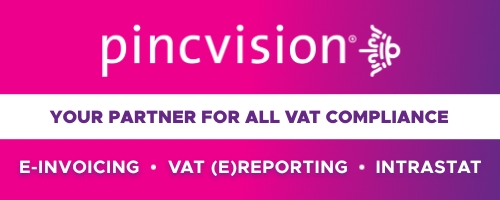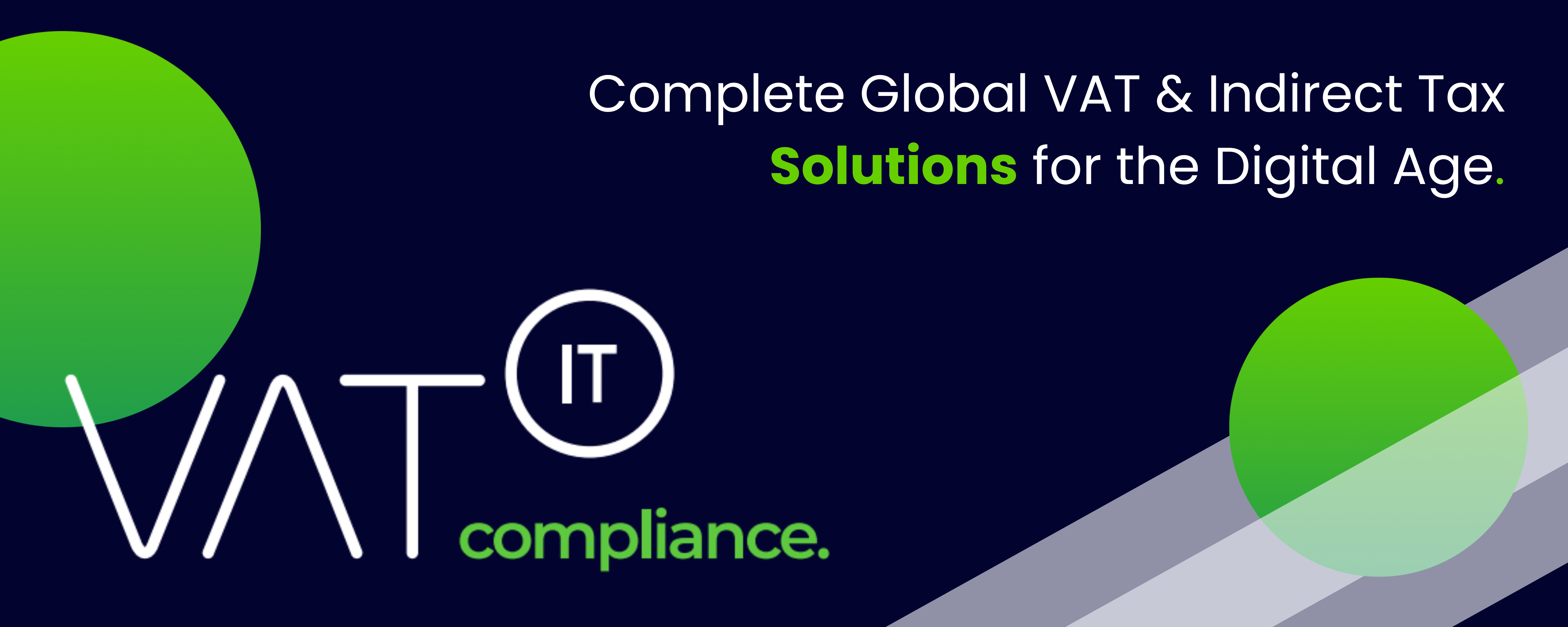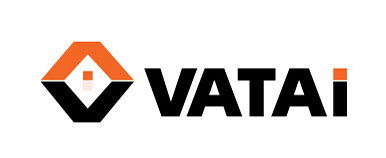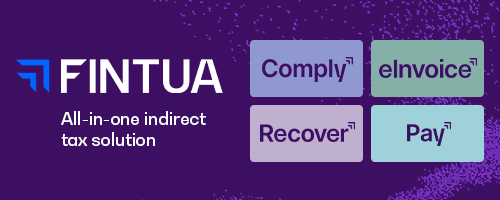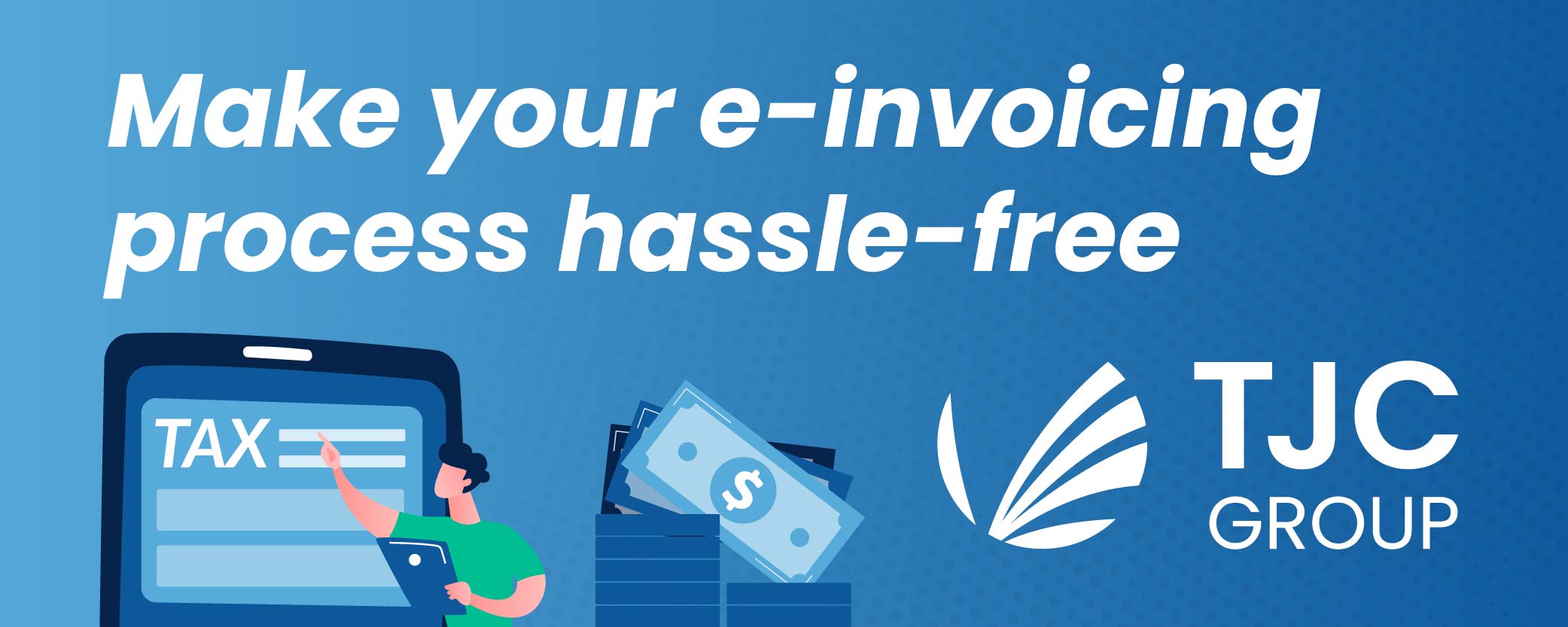- SII has presented 9 requests to TTA under the General Anti-Avoidance Rule with a fiscal impact of approximately $19.7 billion.
- Main risks addressed include asset dilutions, loss generation increasing PPUA refunds, and schemes to defer tax obligations on passive income from foreign entities.
- Since 2021, 63 requests have been submitted, addressing common risks like asset dilutions and business reorganizations to avoid higher values.
- Total fiscal impact of all requests exceeds $128 billion.
- The Santiago Oriente Regional Directorate leads with 34 cases totaling over $82 billion, followed by Santiago Sur with 6 cases and Valparaíso with 5 cases.
- In the first quarter of this year, 9 requests focused on asset dilution and loss generation, with a fiscal impact of about $19.7 billion.
- Asset dilutions affecting income or donation tax lead with 33 cases, followed by reorganizations and loss generation increasing PPUA refunds with 5 cases each.
- Fewer cases address risks like profit shifting to low-tax jurisdictions, financing structures to avoid profit recognition, and service provision through shared entities.
- Taxes involved are mainly income and donation taxes.
- Of the cases leading to TTA requests, 34 originated from Santiago Oriente, 6 from Santiago Sur, and 5 from Valparaíso.
- The 9 requests in the first quarter of 2025 originated from audits targeting Chilean residents with foreign entities.
Source: sii.cl
Note that this post was (partially) written with the help of AI. It is always useful to review the original source material, and where needed to obtain (local) advice from a specialist.
Latest Posts in "Chile"
- Chile Introduces New VAT Rules for Cross-Border E-commerce Low-Value Goods
- New E-Invoicing and Payment Rules for Digital Content Creators Announced by Tax Administration
- Chile Records First Companies Under New E-Commerce VAT Rules
- Chile to Enforce New VAT Rules for Platforms on Low-Value Consignments from October 2025
- Chile Prepares to Launch New VAT Regime for Digital Platforms



